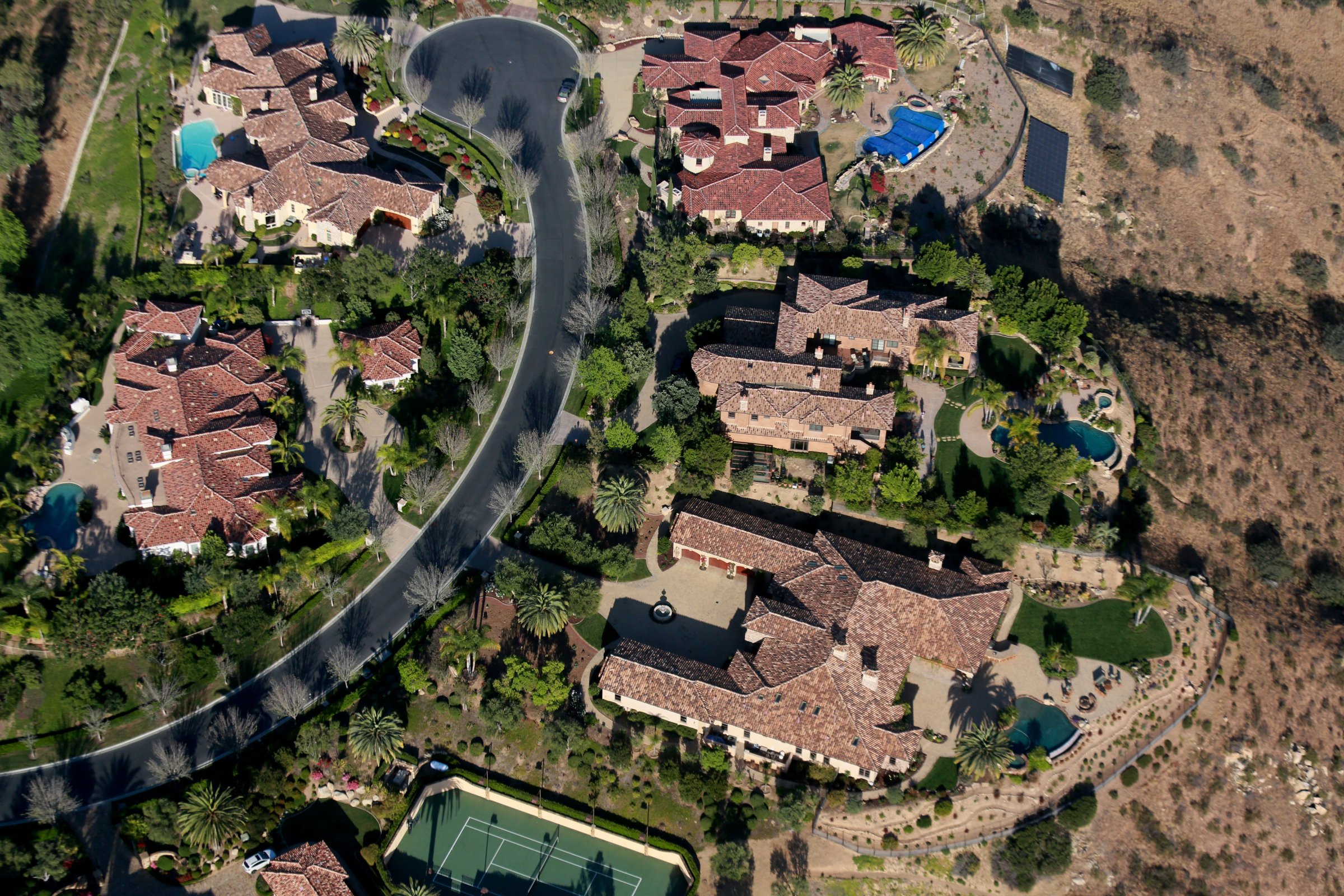
When California Governor Jerry Brown announced a sweeping set of policies to address a fourth year of severe drought, he stood on a bare mountain meadow that most years would have been covered in five feet of snow. But the dry winter, combined with record heat, means the state has almost no snow in reserve. No snow in April is a big deal for California. Like many western states, California relies on mountain snowpack for a large share of annual water supplies — in California’s case, about a third. The snow melts into rivers and streams just as the long, dry summer rolls in.
State officials are right to be concerned that the current weather pattern is a glimpse of the future – or what some have called the “new normal.” Climate change models predict increasing temperatures (3 F to 8 F by the late 21st century) and declining snowpack in this part of the country, as well as more variability – longer droughts and more frequent floods. Indeed, this year’s record-low snowpack resembles modeling predictions for the late 21st century. This makes it prudent to improve California’s ability not only to get through this drought, but also to better handle the next one.
Many of Brown’s new policies aim to prepare California by making lasting changes in how the state uses and manages water. Most newsworthy is a first-ever statewide mandate requiring Californians to reduce water use in cities and suburbs by 25%. Last January, Brown asked Californians to voluntarily reduce water use by 20%, but they only got about halfway there. The new mandate ups the ante, and makes it likely that some communities – and some residents – will face fines if they don’t comply.
So, does this mean California is ushering in an era with fewer showers, dusty yards, and no room for newcomers, as some pundits have suggested? Not quite. On average, residential water use is still quite high in California – at around 110 gallons per person per day. And the regulations will ask for smaller reductions in places where water use is already low, like the coastal cities of Santa Cruz and San Francisco. As a point of comparison, California households still use more than twice more per person than Australians, who have a similar climate and economy.
How can people save water in ways that preserve quality of life? There’s still room for reducing indoor water use. Over the past two decades, most California communities have made great progress in this area, thanks to the installation of low-flow plumbing devices and appliances, like toilets, showerheads, and washing machines. But for buildings that haven’t yet made the switch, this is a great time to upgrade, because many utilities are offering rebates to help cover the costs.
Even bigger savings can come from trimming back on outdoor watering. Most Californians don’t realize that fully half of all water use in the state’s cities and suburbs goes to landscaping, and in many of the hotter, inland communities, such as Bakersfield or Palm Springs, that share is even higher. This has happened because Californians have been accustomed to landscaping with thirsty plants like lawns that are better suited for regions where it rains in the summer. One technological innovation of the 1970s – the automatic sprinkler – compounds the problem by encouraging overwatering. People don’t think to turn it off when the weather is milder and the plants need less water.
Californians are starting to realize that it’s possible to have beautiful communities while using much less water for landscaping. This means switching out lawns and other thirsty plants for more “California friendly” plants that do well with less water, and turning to more modern irrigation systems like drip irrigation and “smart sprinklers” that don’t overwater. This doesn’t mean getting rid of all lawns, but rather keeping lawns where people use them, such as in the back yard, and replacing lawns that are just for show with beautiful, drought-tolerant plants. Here, too, it’s a good time to look for rebates, as many utilities are offering “cash for grass.” The results: a beautiful facelift for landscapes in our communities, significant water savings, and a way to be ready for the new normal.
More Must-Reads From TIME
- The 100 Most Influential People of 2024
- The Revolution of Yulia Navalnaya
- 6 Compliments That Land Every Time
- What's the Deal With the Bitcoin Halving?
- If You're Dating Right Now , You're Brave: Column
- The AI That Could Heal a Divided Internet
- Fallout Is a Brilliant Model for the Future of Video Game Adaptations
- Want Weekly Recs on What to Watch, Read, and More? Sign Up for Worth Your Time
Contact us at letters@time.com